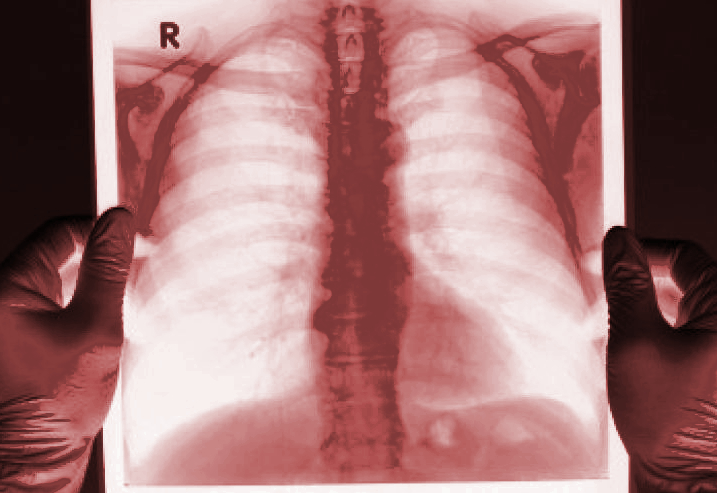QLD to probe coal conditions
 The Queensland Government will launch a parliamentary review into the resurgence of black lung, or coal worker’s pneumoconiosis (CWP).
The Queensland Government will launch a parliamentary review into the resurgence of black lung, or coal worker’s pneumoconiosis (CWP).
Almost a dozen cases of the potentially-fatal condition have been confirmed in the past year, with another 18 miners having to have their x-rays retested.
Queensland’s Labor government has voted to create a parliamentary select committee to look at the issue and report back to the Parliament.
The inquiry is expected to have the powers of a parliamentary committee to compel witnesses, gather evidence, and access to relevant documents.
But the Opposition wants to go further, calling for a royal commission into the matter.
Queensland Resources Council chief Michael Roche said it would be easier to address the issue outside of an official inquiry.
“It is industry’s view that all the resources of government, industry and the relevant sections of the medical profession need to be deployed to the urgent task of fixing the system and ensuring the health of coal workers,” he said.
“The last thing we need now is to distract all those parties from this task by tying them up in a lawyers-driven inquiry.
“There may be merit down the track in getting an independent view of what went wrong, but now is not the time.”
Meanwhile, the fight against black lung has been a major topic at a three-day coal mining health and safety conference in NSW.
The NSW Minerals Council’s annual Mining Health, Safety, Environment and Community Conference featured the release of new guidelines from Coal Services; a joint body formed by thee minerals council and the Construction, Forestry, Mining and Energy Union’s mining division.
Coal Services has issued Protecting Against Airborne Dust Exposure in Coal Mines - the seventh edition of the “dust book” first published in 1966 by the group’s predecessor, Joint Coal Board.
Coal Services chief executive and managing director Lucy Flemming celebrated NSW’s collaborative approach to controlling black lung.
“The robust nature of the legislation and diligence of the dust monitoring and environmental standards in NSW coalmines has allowed us to help protect mine workers’ health and keep lung diseases such as pneumoconiosis at bay,” Ms Flemming said.








 Print
Print